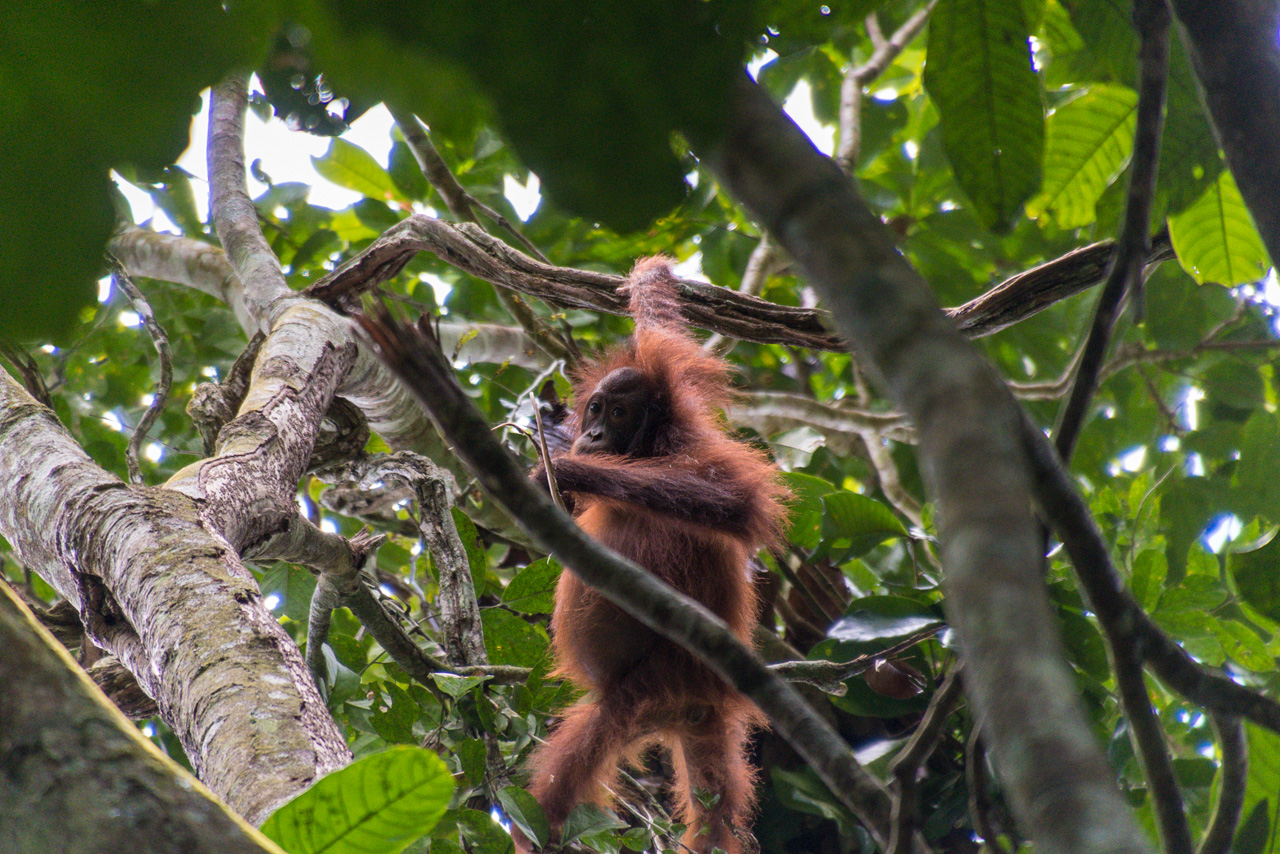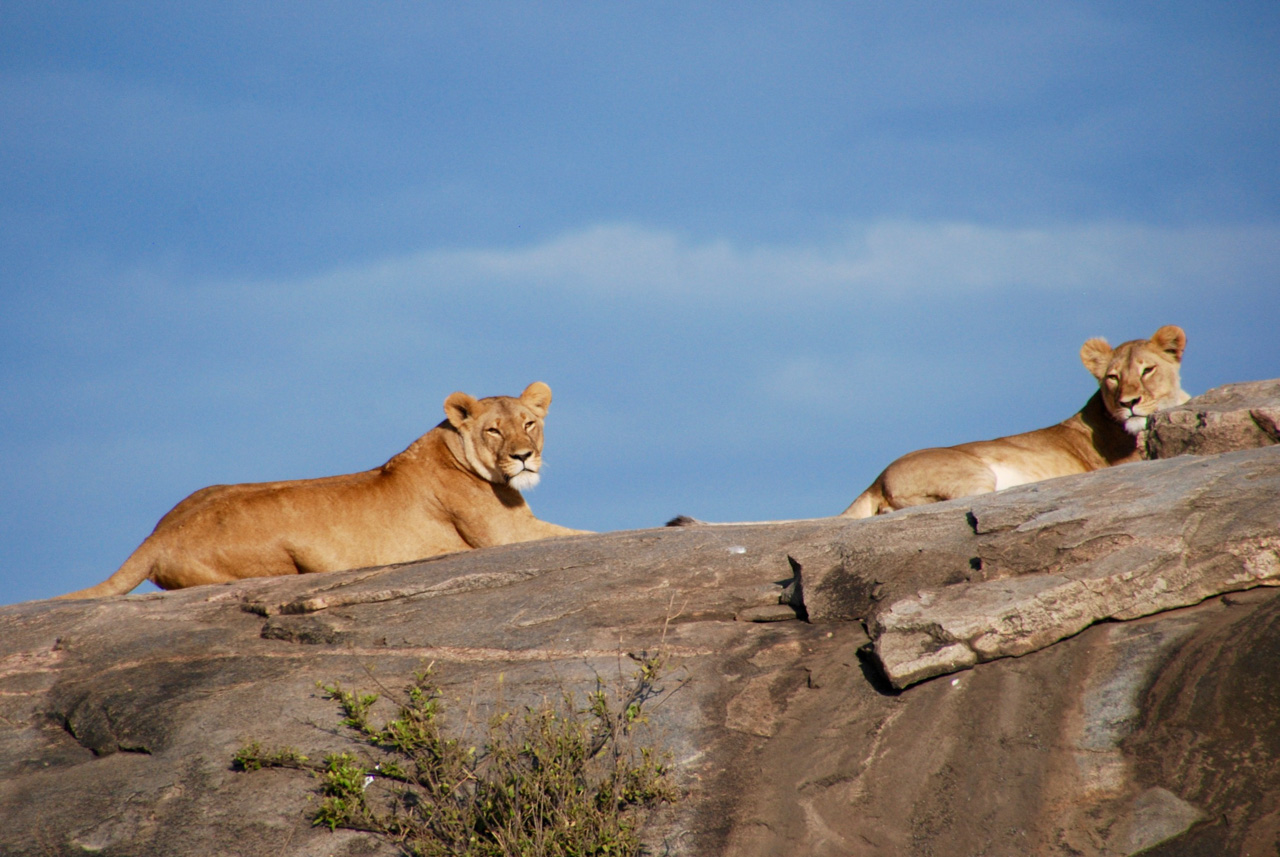Habitat loss, over-hunting, and climate change are just a few of the human-induced changes to the Earth that biologists say are driving the planet’s “sixth mass extinction.” Research has shown that we’re losing two vertebrate species a year—a pace that’s on par with Earth’s other five extinction surges, including the most recent that snuffed out the dinosaurs about 66 million years ago.
But the wave of pressure on life is rippling far beyond the growing list of endangered animals closest to the edge of extinction, according to a new study. This “biological annihilation” is, in fact, decimating populations of thousands of other species and potentially threatening our own way of life, a team of biologists recently reported in the journal Proceedings of the National Academy of Sciences.
“We have to be very careful not to be alarmist on the one hand,” said Gerardo Ceballos, a biologist at the National Autonomous University of Mexico and lead author of the study. “But now, the problem is so big and so overwhelming, the magnitude so huge, [that] not to mention it in this proper way would be irresponsible.”
The loss of approximately 200 species a century might not seem extreme through the lens of one person’s lifespan, but it’s as much as 100 times faster than historical estimates, according to a 2015 study also led by Ceballos. He explained that under “normal circumstances,” it might have taken as many as 10,000 years for that many animals to vanish.
The team also suspected that this outright loss of species might be masking a wider-ranging problem in which distinct populations are disappearing, so they decided to look beyond the animals classified as endangered by the International Union for Conservation of Nature. To get an idea of how animals’ ranges—and therefore their populations—are changing, they looked at a sample of 27,600 vertebrates, which is roughly half the species that we know exist.

(Photo: John C. Cannon)
The researchers discovered that the populations of nearly one-third of these animals in this sample are on the decline. In terms of sheer numbers, the study’s maps show that perhaps half the number of individual animals that once inhabited the Earth with humans are gone—a loss that numbers in the billions.
The team also drilled down into the research on populations of 177 well-studied mammals to see how they have fared since 1900. They found every single one has lost at least 30 percent of its habitat, and around 40 percent of these mammals have lost 80 percent or more of their former ranges.
The range of African lions, for example, has dwindled to less than a third of what it once was, according to the study, and their numbers have dropped by 43 percent since 1993.
As they dug into the results of their analysis, they found that “the story gets even more complicated,” Ceballos said.
Some geographic areas did turn out to be hotspots with high rates of population losses—the tropical forests of Southeast Asia were particularly hard hit, for example. Few corners of the globe have been left untouched.
“It is everywhere,” Ceballos said, “all over the place.”
The tropics are seeing the greatest numbers of populations eliminated, he said, which is expected because they hold the most species. But the scientists also found that temperate regions are facing losses that are proportionally just as high, if not higher.
And the devastation cuts across all classes of vertebrates, Ceballos added. “This is affecting everything, from large to small, from common to rare, from mammals to amphibians.”
As we continue to lose these building blocks of the ecosystems on which we depend, the authors caution that continuing on this trajectory will undoubtedly affect our own species. They write that “Earth’s capacity to support life, including human life, has been shaped by life itself.”

(Photo: John C. Cannon/Mongabay)
Agriculture, the very foundation of human sustenance, depends heavily on birds, mammals, and insects for pollination and pest control, said co-author and Stanford University biologist Paul Ehrlich in a video interview by the Woods Institute for the Environment.
“It’s important to recognize that losing species is bad and largely irreversible,” Ehrlich said. “Losing populations and losing individuals from populations is wrecking our life-support machinery.”
Time is of the essence, the researchers write. They say that we have, at most, two to three decades to course-correct.
Ceballos pointed to the African savanna elephant and the results of the Great Elephant Census.
“We’ve lost 30 percent of the elephant population in seven years,” he said. “If the rate continues, we will lose most of them in two decades.”
It’s important to realize that elephants—or any of the species or populations affected by the sixth mass extinction—won’t be the only losers, Ceballos added, if we don’t address issues like climate change and habitat loss.
“What is at stake is the continuation of civilization as we know it,” he said. “There is no way we will be able to maintain human well-being at the level we have it if we don’t take this seriously.”
This story originally appeared at the website of global conservation news service Mongabay.com. Get updates on their stories delivered to your inbox, or follow @Mongabay on Facebook, Instagram, or Twitter.




